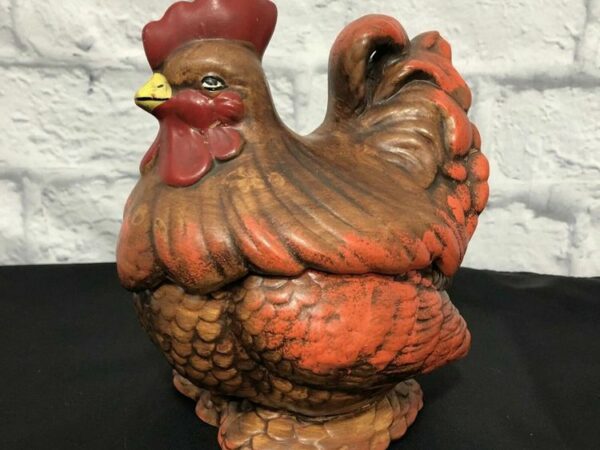As you explore the antique straight razors curated in this article, we’d like to state that razors are nothing near ordinary. They have a rich history that spans generations and even the prehistoric era.
The most expensive razor in the world costs $100,000. This razor has two blades made from white sapphire. It developed at an old Soviet Union lab in Ukraine. The Zafirro Iridium as it is fondly called features a 99.9% pure iridium handle; a corrosion-resistant metal found only in meteorites.
In this article, you’ll know all about the evolution of this handy tool, their value, and the five most valuable pieces in the world today.
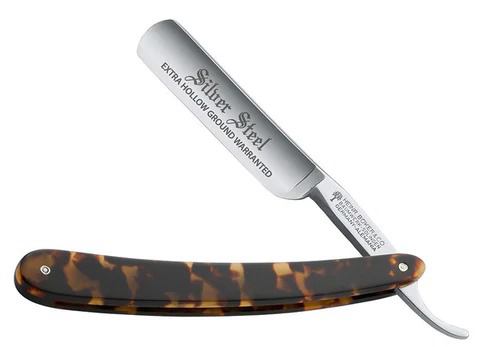
Table of Contents
The History of Antique Straight Razor
Razors have existed for more than 5000 years and still exist in stores worldwide. To understand how this has been possible, we must take a walk down memory lane and start from where it all began.
The Wild Days
As far back as we can remember, men always groomed their facial hairs. The early men used sharp animal shells and shark teeth to carry out this activity and we can only imagine the human strength needed to sharpen these objects into the most suitable tool.
While we don’t know for sure if the reason for using these funny objects to cut their manes was purely aesthetic or pragmatic, we’ve gathered from reliable sources that the need to shave came to be because lice and other parasites made their homes in full beards, resulting in rash/itching.
Three thousand years in, the first thing close to metal razors emerged for the purpose of shaving. The Egyptians, always the fashionista, used ax-like razors made from copper or mostly gold to groom their facial hair and keep it clean.
In Rome
Ancient Rome men also greatly embraced the practice of grooming the beloved facial hairs.
Usually, the first facial hair shave for any young man at the time was considered a religious ritual; denoting a growth in age and mind.
The increase in the need to shave back in ancient Rome could also be traced to the establishment of barbers in the empire.
At first, these straight razors from Rome were simple objects. One of such was a device called Novacila. It was made from a block of iron with holes to fit fingers and a blade that bore a striking resemblance to brass knuckles.
The ancient Roman man had little idea about how to shave properly, so oftentimes he’d injure himself, sometimes the resulting razor cuts were deep. These cuts he’d treat with cobwebs. Yes! You heard us right, Cobwebs!
While we are as stunned as you, on the use of cobwebs to treat razor cuts, medics and historians affirmed the ability of cobwebs to heal wounds. These webs are even adopted in modern medicine.
The Middle Age; Monks and Popes
Now to the Middle Ages, which saw the clergy community showing an interest in shaving their heads and facial hairs. Popes and monks even took to shaving the hair on the head and face completely to signify a state of complete purity and calmness.
The Early Modern Age
In the early modern age, the razor production doubled, as blades came with a new wedge-shaped design. They were broad at the head and tapered towards the tail.
By the time Louis XIV, the fashion god, shaved his facial hair, it became the talk of the town and the use of straight razors spread to even the western part of the world.
The Sterling Years
The 19th century witnessed the invention of sterling silver, and straight razors went through a significant stage of development. Blades from Sheffield and Solingen were highly sought after during this period.
John Spencer was the man behind the Sheffield franchise, which debuted in 1680. His company made various steel products like clocks, cutlery, and of course one of the earliest straight razors.
As the straight razor passed through definitive stages of history, Sheffield steel and its signature deep gloss finish topped the list for the most sought-after blade material. Till today, this Sheffield steel blades still exist.
By 1825 the first ever hollow grinds became public. The shape of these razors is many times similar to the modern ones in circulation and as the 19th century came to a close, the straight razor production had become largely mechanized and no longer required physical labor.
Modern Touch
Of all the endless varieties of razors, straight razors have maintained their initial appearance and physical characteristics.
What endears people to them even till today is the feeling of simpler times. A time when shaving was done with a traditional product- rooted in its simplicity and the lack of innovation.
The Inevitable End
One major invention by the Kampfe brothers in the late 1800s spelled the doom of the straight razor. The product invented by these brothers devised a means for people to shave seamlessly and without fear of injury.
King Camp Gillette emerged onto the scene in 1904 and patented the dual-edged safety razors. The Camp GIllette razors took the Kampfe brothers’ basic-looking design to a new level, and in its wake a revolutionary brand was created.
Gillette’s razors stood out for majorly two reasons; smooth and cut-free shaving, all done in the comfort of the home, and disposable blades. This meant fewer trips to the blade sharpener after one or two uses.
With the introduction of the self-help nature of the new safety razors, the decline of the straight razor drew nearer day after day.
WW1
By the first world war, safety razors became popular as soldiers were required to shave their hair to survive the painful gas attacks on the war front by properly securing their gas masks on their cleanly shaved faces.
This act showed that the razor wasn’t only fashionable but also essential to human survival during the war.
Long after the war, men continued choosing the safety razor as their preferred grooming tool and would only purchase replaceable blades if they ran out of options.
Hello, Electric Razors!
By the 1930s, electric razors entered the market, with Bic introducing a disposable variant in 1974.
At this point, the American populace chose convenience over any other social or societal phenomenon, and in the emerging years, this sealed the deal for the final fall of straight razors.
Check out this video for a short video illustration.
The 5 Most Valuable Antique Straight Razor Ever Sold in The World
Here’s a list of the five most valuable antique straight razors ever sold in human history. The prices in this list are sourced from verified stores.
S/N |
Name |
Release Date |
Price |
1. |
Wade & Butcher ‘The Celebrated- Extra Hollow Ground Razor’ in Vintage Horn Scales |
1908-1939 |
$400 |
2. |
Salem Markos & Bros- “Three Presidents” Vintage Straight Razor |
1926 |
$350 |
3. |
Filarmonica Doble Temple Straight Razor |
1920 |
$299 |
4. |
George Wostenholm IXL Frameback |
1850 |
$277.50 |
5. |
J.A Henckels Twinworks Straight Razor |
1930 |
$70 |
1. Wade & Butcher ‘The Celebrated – Extra Hollow Ground Razor’ in Vintage Horn Scales
Release Date: 1908-1939
Price: $400.00

The Wade and Butcher company is popular for making unique razors that fit into the lifestyle of everyday users and collectors alike. This Sheffield, England-based company has produced some of the greatest straight razors the world has ever witnessed.
In the image above, we have the Wade and Butcher celebrated razor which comes with a unique feature known as the extra hollow grind.
The blade on this razor has a slightly rounded square head with excellent touch. In addition to this, the tip on this razor boasts cutting-edge aesthetics.
Finally, on this Wade and Butcher razor you’d find vintage scales that are produced from black horn finessed to a bright luster.
2. Salem Markos & Bros- “Three Presidents” Vintage Straight Razor
Release Date: 1926
Price: $350

Every collector wants a piece of this straight razor on their shelf. Why you might ask? Well, the details are in the blade.
Salem Markos & Bro is a company established in 1926 by five Marko brothers who immigrated from Germany to the United States in 1901.
The blade on this razor features a quarter hollow grind, a round point, and a flat ground edge with a straight spine and a single shoulder.
3. Filarmonica Doble Temple Straight Razor
Release Date: 1920
Price: $299.00
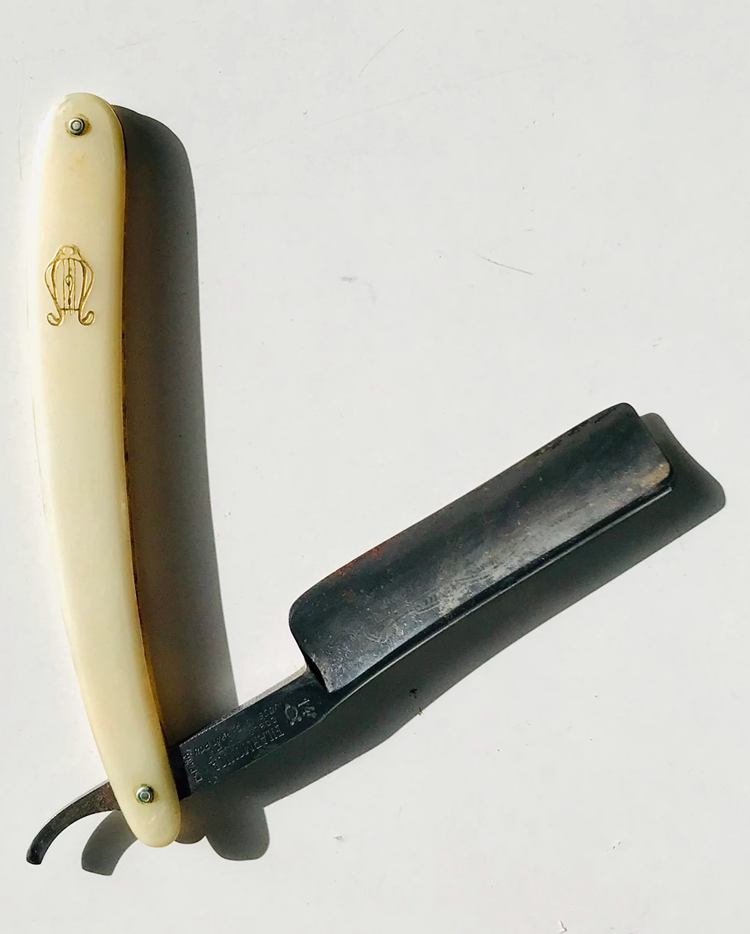
Although the Filarmonica company began manufacturing razors in 1915 in Mataro city, Spain, Jose Monserrat did not make the Filarmonica straight box of Spain until 1920.
This razor is a rare and fantastic find with creamy pearl plastic scales and a black-coated blade.
4. George Wostenholm IXL Frameback
Release Date: 1850
Price: $277.50
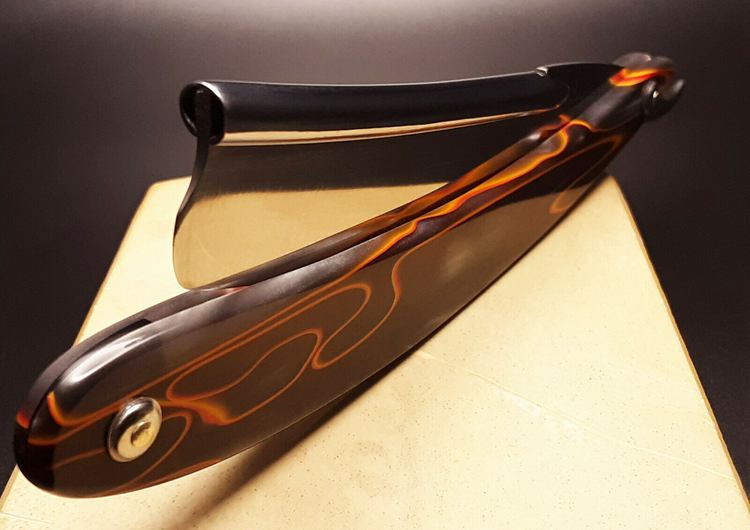
The famous ‘IXL’ phrase is usually pronounced ‘I excel ‘ from the word Excellent.
George Wostenholm & Sons made this 7/8 Frame back tip in Sheffield, England. It was a brilliant invention with a sleek finish; the blade on this razor was honed and polished using Japanese natural stones.
5. J.A Henckels Twinworks Straight Razor
Release Date: 1930s
Price: $70

This razor dates from the period of the second world war and comes from the ancient city of Solingen, a German region quite popular for its expert gunsmiths.
The razor handles are attached to the blade by the clincher; it rotates around the axis and allows easy folding. The blade is made from lead steel with a very sharp edge.
How to Date an Antique Straight Razor
Dating an antique straight razor allows you to estimate the possible lifespan and understand unclear background history and how long it may last.
While it might be impossible to accurately tell the age of an antique straight razor by just examining if there is no record, we’ll help you out by outlining some tips that can bring you closer to getting an idea of how old your razor may be.
Compare with Other Old Razors
The fastest and most effective way to check the date of your razor is to compare the parts with some existing old razors and note any form of resemblance or similarity. Doing this will help you come up with a possible age without the help of an expert.
Examine the Marking
If your old wedge blade is made from Sheffield steel and marked with’ cast steel or warranted,’ you have the late 1700s or early 1800s straight razor made in England precisely in your hands.
Classify the Blade by Production Era
Here, we’ll be classifying razors by their production dates. Antique straight razors manufactured during a particular era have unique characteristics peculiar to them only.
The 1500s to 1600s Razors
The razors made during this period had no brand name or logo inscribed on them. They were made by local blacksmiths and lacked so many intricate details like the later models we’d show you.
The razors came in a hatchet design, making them hard to use and clunky.
1700- 1800 Razors

This era had razors with an improved blade with handles that came in a wedge-shaped design. In this era, you’d find that the razors had broader width around the blade area than the pivot and their design excluded the ‘tang.’
The monkey tail was also absent, and if the razor makers added any, they were visibly short and thick.
In addition to this, handles were typically made of wood, bone, horn, ivory shell, or even tortoiseshell. They were not curved but had flat surfaces, and only a handful of handles came in a slanting shape; called ‘Scales.’
The majority of the handles at the pin were iron and sometimes brass.
From the 1740s to the 1830s, the bodies of the new designs were inscribed with the words ‘Cast steel or Warranted’ to show the metal had been used before. Robert Huntsman of Sheffield companies coined this method.
1800-1820 Razors

The blade shoulder this year was raised a bit, although it was significantly smaller. It also had a little curve that appeared on the scales showing a huge difference from the initial straight handles. Lastly, the handles from horns now had numerous decorations.
1820-1830

This was the year of sterling silver, a material that consists of 0.02% silver and 99.98% steel. The hollow grinding steel emerged during these years, specifically in 1825.
In this era, blade makers added jumps on opposite sides of the tang to improve grip. Creating this wedge was to conceal the blade and handle in an enclosed covering and secure them tightly from both parts.
This act continued more than 30 years later. So, if you ever come across a wedge in your straight razor, it’s from a line made between 1800-1830.
In addition to this, branding also took a significant turn as companies began inscribing monarch signatures on their razors, especially English companies.
They had the crown with the monarchs’ initials as brackets and were used to represent the period of monarchy in English society.
1830-1840s
The most notable change happened to the blade and holder. Etched and Notched blades came to the scene and silver steel slowly overshadowed cast steel, driving it into extinction. This was mainly because silver steel was sharper and faster during use.
The hollow ground blades also took a bow and gave way for wedge-style blades in plenty of sizes. Names like ‘The Celebrated Razor’ and ‘Old English’ came up.
The straight razor handles were now designed with horns with engravings, while the scales bore an attractive bow shape.
From the 1840s to the 1850s

For this era, scales were painted with silver pins in a method called Penning and had common handles from horns and bones. The blades were called the light hollow ground blades and later gained ground in the 1870s.
1850-1870
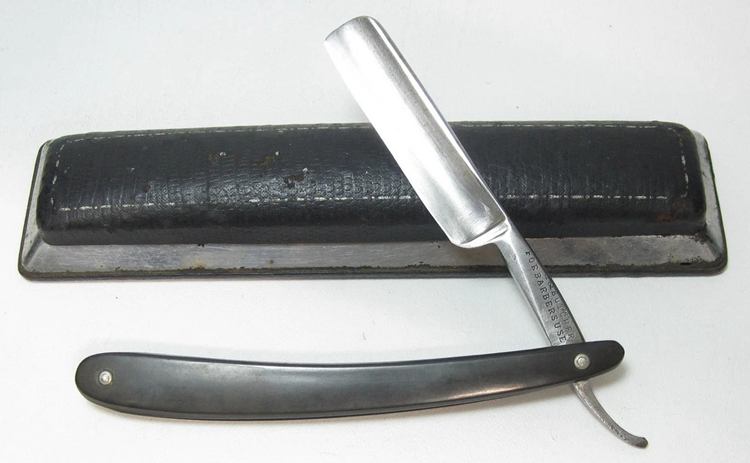
This was the golden age of wedge razors. Etched blades began around this time, and factories inscribed their names on the spine and tang of the blades.
Handles were now created from a wider range of materials and covered in silver. Precious stones were also very crucial in making outstanding and jaw-dropping designs.
In 1868, celluloid became a major material in making scales as it bore a new razor design that embraced new shapes and formations.
The frame back razor debuted in this era with a heavily spined blade and a non-removable thin blade that soon gained popularity. The frame back was a beaming light as people looked forward to a more effective shaving tool.
1870-the 1880s
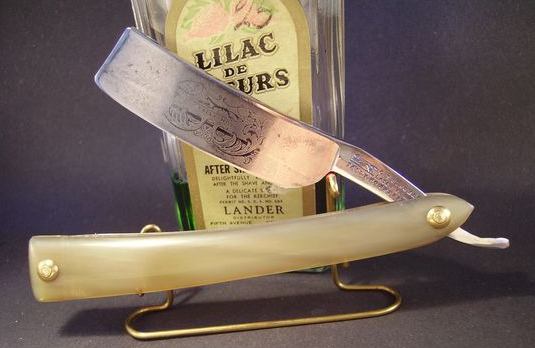
The straight shaving razors of the 1870s to 1880s had photo-etched designs that portrayed tasteful artworks and a subtly refined look. The monarch inscribed by the artist for easy identification was substituted with photo etching.
Celluloid handles gained massive popularity as razor technology advanced as time went by, and it became easier to create multiple designs due to the availability and versatility of production materials.
Wedge-shaped blades started declining during this period and introduced a new style of razors.
1880-1900s
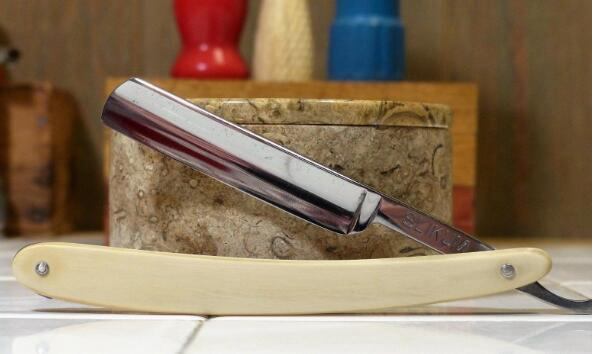
Machine cast blades dominated this era and words like ‘hand-made’ or ‘hand-forged’ were pressed on the blade. They bore a striking similarity to the style adopted by the early men.
The new designs for this age had hollow ground blades etched to resemble earlier designs of wedge blades, and they used the gold wash process to add to their appearance, making them look all shiny and pleasing to the eye.
1900-1920
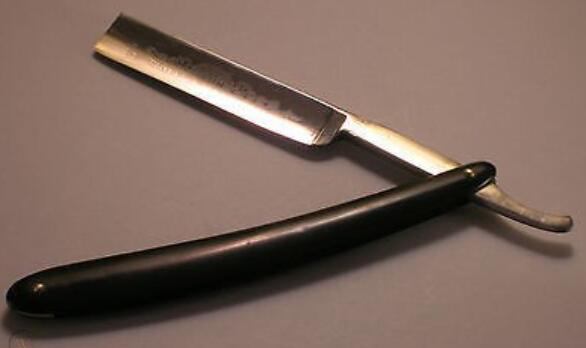
In the 1900s, vintage straight razors evolved into their original state with plenty of modifications that caught the attention of all and sundry. They were fashionable, and every product line in the United States coveted a piece or two on their shelves.
How to Determine the Value of Antique Straight Razor
By the Maker
The producer or manufacturer of an object has immense power to influence the perceived value of that particular product. It’s the same for Antique Straight Razors, as people will only splurge a chunky amount of money on renowned names.
The Sheffield brand is the topic of admiration here. They’ve maintained a significant level of quality since their emergence in 1680, even until now. The high point of their product is a high level of durability, aesthetics, and simplicity.
Japanese razors also hold excellent value as they boast high-quality steel, craftsmanship, and excellent finish. You’ll hardly find a warped blade or mediocre finish on a razor from this side. The attention to detail is impeccable, and that’s why they’re every collector’s favorite.
The Rarer, The Better
Straight razors that are harder to find usually sell for higher prices than the common ones. In this case, demand is higher, the selling price doubles, and everybody wins. So if you have a rare model in your care, make sure you keep them safe.
Models like Bartmann, Hayashi Diamond, and Filarmonica of Spain are rare and hold excellent value.
The Condition of the Razor
The value of your razor is sometimes determined by how many complete parts you can gather at the point of your sale.
Suppose the handle or blade of your straight razor is missing. In that case, no one will be interested in your collection, or even attempt to purchase a piece.
You must ensure that your razor is complete, sharp, void of rust, and completely secure.
Market Factors
Antique straight razors and other antique items are subject to demand and supply forces. They only have value if people offer to pay money for their purchase.
Here’re things to look out for when purchasing a vintage straight razor.
Parting Words
While so many forms of groomers have seized the market from Antique Straight Razor, it’s still important to remember that no other razors give the most thorough and precise yet very soft cut as the straight razor. Remember to note the following;
- Unclean razors will expose you to many health risks; always clean them regularly.
- Being moderate is an essential skill when it comes to moisture and wet things. Metal is liable to rust; if you’re not cautious, you’ll damage the blade.
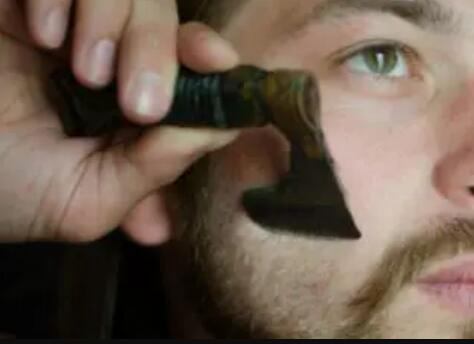
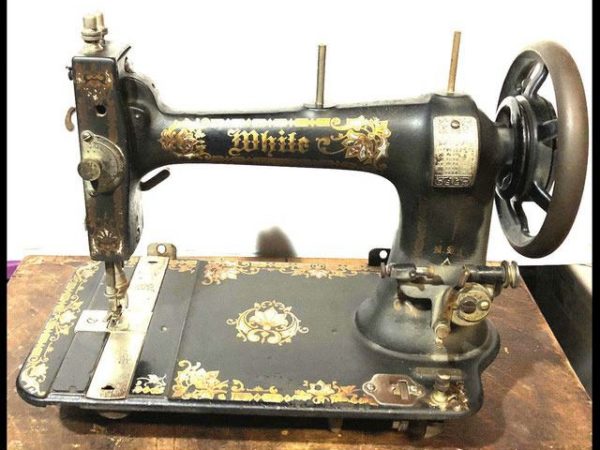

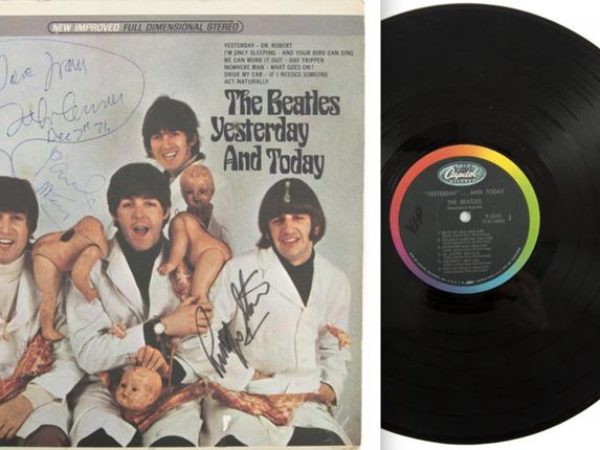

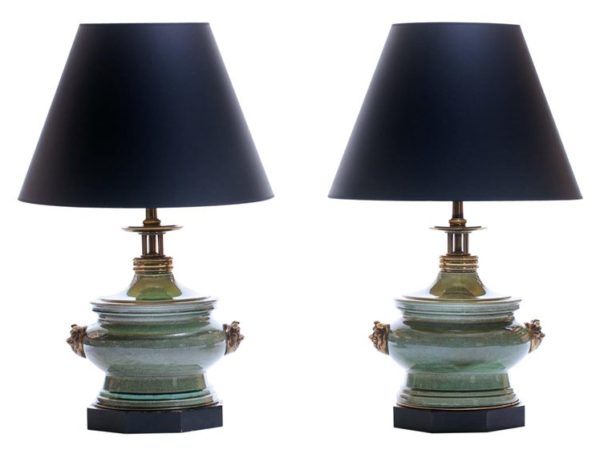
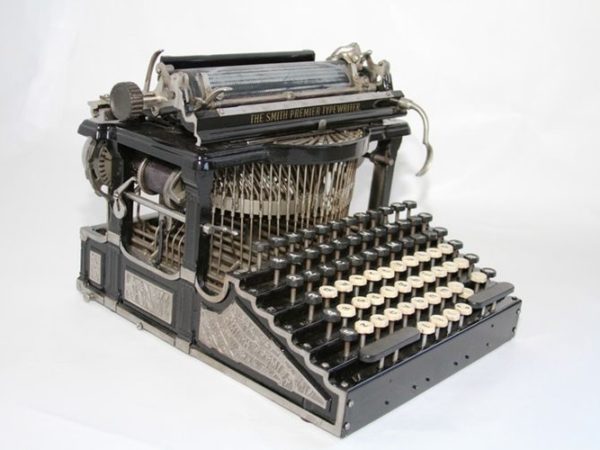
![Vintage Schwinn Bikes: [Types, Identification, and Values]](https://www.txantiquemall.com/wp-content/uploads/2022/05/5.-Schwinn-1967-Ramshorn-Fastback-Stingray-Sky-Blue-vtg-600x450.jpg)
